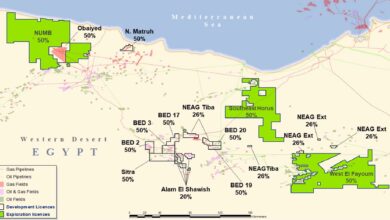Shell simulator program addresses individuals’ capacity for high-stress environments
By Chris Cantu, Editorial Assistant, and Joanne Liou, Associate Editor

Training is key to ensuring personnel are capable of performing their jobs and know how to respond during unplanned events. “But what about capacity?” Bob Baister, Wells Learning and Development Advisor – Completion & Well Intervention, Shell, said at the 2014 IADC Well Control Europe Conference in Aberdeen on 3 December. “How do we know that our staff working in these areas can cope, regardless of experience and technical capability, when something goes wrong?”
Things can change rapidly, and sometimes for the worse, Mr Baister said, if not quickly contained. “Just because people are experienced and confident in their drilling job does not mean that they will be able capable in the heat of the moment.” Shell’s well control program for wells staff incorporates the latest simulators, as well as command-and-control simulators, to help assess capacity. The program extends across the globe with training centers based in Miri, Malaysia; Muscat, Oman; Rijswijk in the Netherlands; Robert, Louisiana; Aberdeen and Calgary.
While simulator-based training ensures that people know how to look for warning signs and know the correct remedial actions to recover the situation, Shell instills chronic unease to “ensure that people in the field have that feeling of concern that they might’ve missed something, continuously checking and verifying to confirm all is well,” Mr Baister said. In a command-and-control environment, personnel are placed in live simulations to understand how each second counts when finding themselves under high-stress conditions. “We can never create a real well control incident, but by adding the tension of assessment, the candidates are tested by themselves, and that’s chronic unease – the pressure of being graded at stress,” he continued. “We have noise and distractions like there might be in real life to help add the confusion when dealing with a crisis.”
When referring to well control, Mr Baister said, “drilling is just one element, and the whole process of containment covers many different disciplines and numerous well-related activities. Maintaining integrity, above and below surface during well activity must be the primary focus.” The number of scenarios that can be built is limitless. The well control simulations range from slickline scenarios to hydraulic workover and snubbing. An e-line simulation may present grease head failures or equipment leaks, while a snubbing simulation may assess how one handles a leak below the BOP that catches fire.
The amount of preparation is important for the practical assessment. Preparation for the actual job, according to Mr Baister, “must be more important, because the results of failure to prepare properly in the well control environment can have far more significant effect on their lives and their business.”




